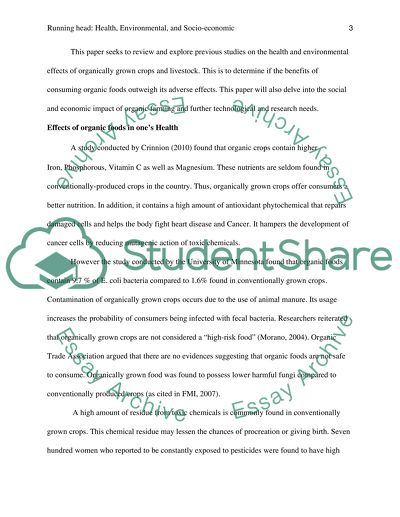Cite this document
(“Health, Environmental, and Socio-economic Impact of Organic Food Research Paper”, n.d.)
Retrieved de https://studentshare.org/environmental-studies/1390449-health-environmental-and-socio-economic-impact-of-organic-food-consumption
Retrieved de https://studentshare.org/environmental-studies/1390449-health-environmental-and-socio-economic-impact-of-organic-food-consumption
(Health, Environmental, and Socio-Economic Impact of Organic Food Research Paper)
https://studentshare.org/environmental-studies/1390449-health-environmental-and-socio-economic-impact-of-organic-food-consumption.
https://studentshare.org/environmental-studies/1390449-health-environmental-and-socio-economic-impact-of-organic-food-consumption.
“Health, Environmental, and Socio-Economic Impact of Organic Food Research Paper”, n.d. https://studentshare.org/environmental-studies/1390449-health-environmental-and-socio-economic-impact-of-organic-food-consumption.


